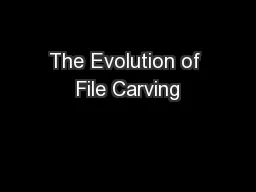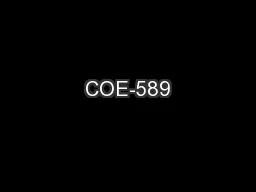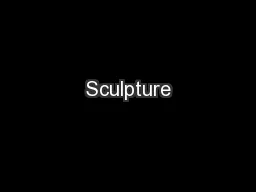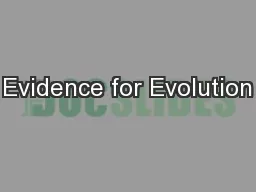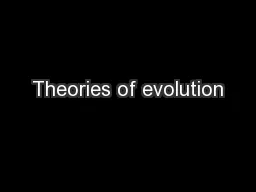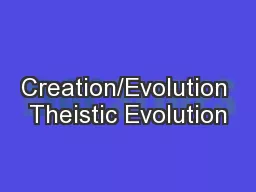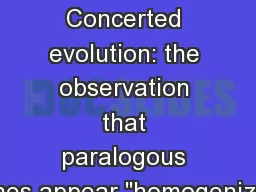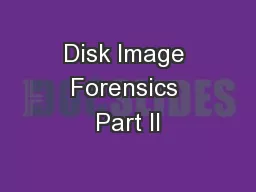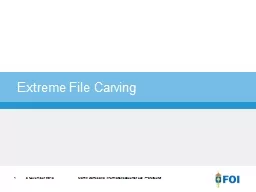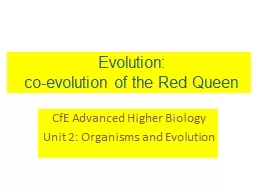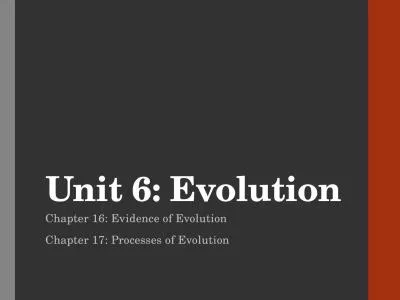PPT-The Evolution of File Carving
Author : calandra-battersby | Published Date : 2015-11-04
Presenters Muhammad Mohsin Buttg201103010 COE589 Paper Presentation Contents Introduction Background Traditional Recovery File Carving Smart Carver Conclusion
Presentation Embed Code
Download Presentation
Download Presentation The PPT/PDF document "The Evolution of File Carving" is the property of its rightful owner. Permission is granted to download and print the materials on this website for personal, non-commercial use only, and to display it on your personal computer provided you do not modify the materials and that you retain all copyright notices contained in the materials. By downloading content from our website, you accept the terms of this agreement.
The Evolution of File Carving: Transcript
Download Rules Of Document
"The Evolution of File Carving"The content belongs to its owner. You may download and print it for personal use, without modification, and keep all copyright notices. By downloading, you agree to these terms.
Related Documents

